The Regional Center for Environmental Law (RCEL) organized the second RCEL Discussion Forum on April 7, 2023, on the topic: “Environmental and Developmental Motives for Electricity Production from Renewable Sources.” The event aimed to raise awareness about air pollution challenges in Serbia, explore the potential of renewable energy sources, and their role in addressing environmental issues.
During the event’s opening, Danilo Radičević, Managing Director of RCEL, emphasized that renewable energy sources are a key factor in the energy transition towards carbon-neutral energy. He also highlighted that combating climate change is a global priority, with the goal of preventing a temperature increase of 2°C compared to the pre-industrial period.
Danilo presented data on global electricity production from renewable sources, noting that a record number of 295 gigawatts was achieved in 2022, accounting for 9.6% of total production. The total capacity of renewable sources reached 3.37 terawatts. However, he pointed out that Serbia lags behind in this trend, with a share of renewable energy power plants at 35.1%, which is below the global average of 40%. neighboring countries such as Albania and Montenegro have shares of 96.3% and 78.9%, respectively.
Danilo also raised concerns about the proposed draft law amending the Law on the Use of Renewable Energy Sources, which suggests limiting the installed capacity of production facilities for non-household customers-producers from renewable energy sources to 150 kW. He warned that this limitation could have negative effects on further investments in medium and large-scale self-consumption of electricity by industries, and could further slow down Serbia’s energy transition and negatively impact the competitiveness of Serbian exports to the EU, particularly in the context of implementing the Carbon Border Adjustment Mechanism (CBAM).
This limitation could also have a negative impact on attracting investments in the renewable energy sector in Serbia, which could reduce the potential for creating new jobs, technological development, and economic growth. Considering the global fight against climate change and the need to transition to sustainable energy sources, the limit of 150 kW for commercial and industrial facilities may run counter to global trends and practices in the field of renewable energy.
Slobodan Vukojićić, a technical expert in renewable energy sources (RES), provided a detailed introduction in his opening address about various forms of energy, basic energy transformations, ways of generating electricity from renewable sources, and alternative energy storage methods.
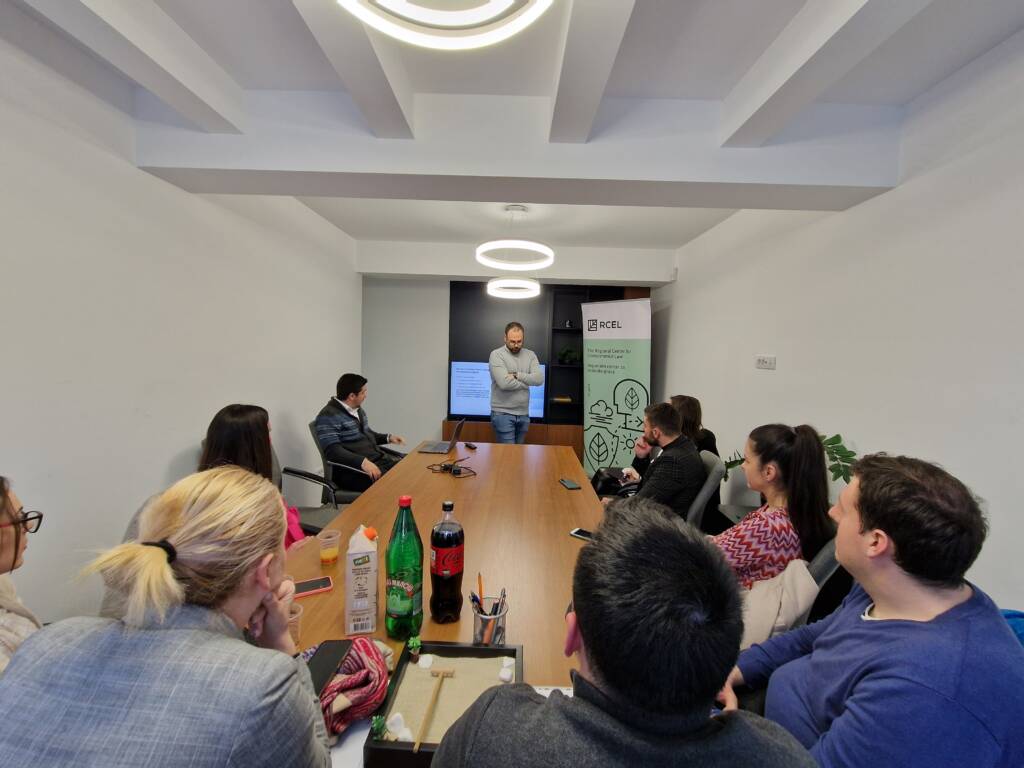
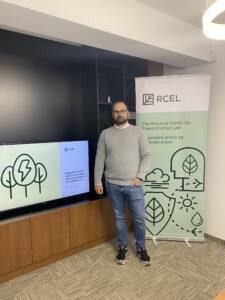
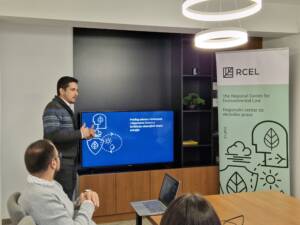
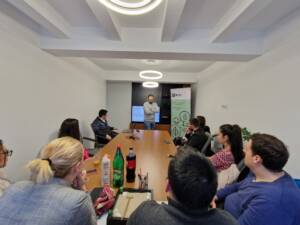
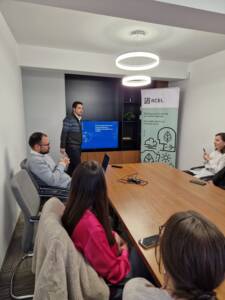
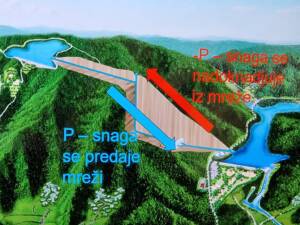
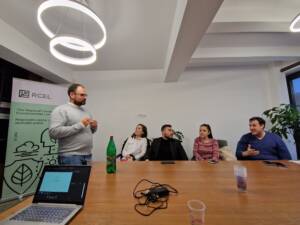
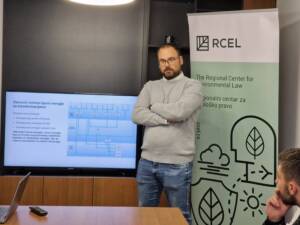

After the introductory presentation, Slobodan provided an overview of the basic classifications of distributed sources of electricity based on their functional role in the power system, highlighting the significance of power plants that utilize renewable energy sources. Special attention was given to the environmental pollution effects associated with conventional power plants, as well as the analysis of local and global impacts on the environment.
Slobodan presented the plans of the European Union for the development of renewable energy sources, including the share of primary resources, as well as the current situation in the construction and decommissioning of power plants in the EU. He also presented basic predictions of electricity prices until 2050 and explained the impact of electricity prices on production capacities from renewable sources.
He particularly emphasized that “the use of RES is directly linked to mitigating climate change and other types of environmental pollution. Further development requires extensive research and consideration of the opinions of a large number of experts.”
In the second part of the presentation, Slobodan introduced the way of obtaining electricity from municipal waste as an alternative primary resource, highlighting the challenges that Serbia faces in relation to the number of illegal and unsanitary landfills that can have a direct impact on human health. He presented ways of converting energy from municipal waste into useful forms of energy to improve the quality of life.
The main focus of the presentation was on introducing the operation of reversible hydroelectric power plants as one of the largest energy reservoirs, including their operation and connection with intermittent renewable energy sources. The role of reversible hydroelectric power plants in compensating for excessive electricity production from nuclear power plants was elaborated in detail.
During the Q&A session, a large number of questions were asked that directly showed the audience’s interest in the topic of the held lecture. The questions were mostly focused on the plans for further work and development of both conventional power plants and power plants that use renewable energy sources. It was clarified that the use of RES for electricity production also has an impact on environmental pollution, but that the impact is much lower than that of conventional energy sources.